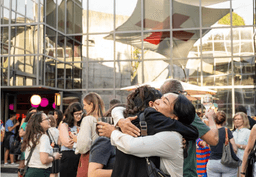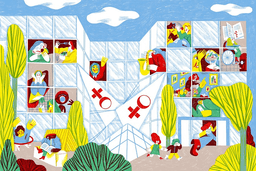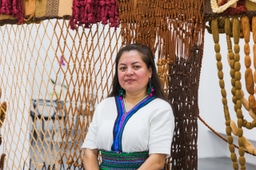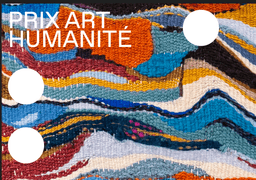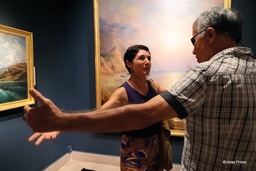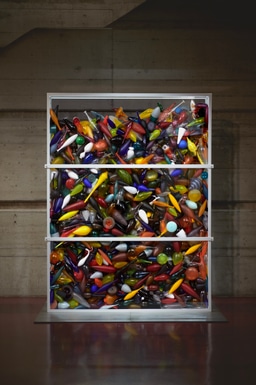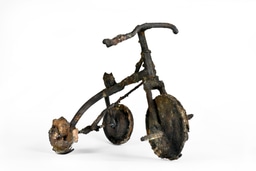Presse
Bienvenue dans l'Accès presse
Vous trouverez ici les documents liés à l’actualité du Musée international de la Croix-Rouge et du Croissant-Rouge, ils sont en téléchargement libre. Pour recevoir les photos en haute définition, ou pour tout renseignement complémentaire, veuillez contacter :
Alice Baronnet
Chargée de relations publiques
a.baronnet@redcrossmuseum.ch
+41 22 748 95 09
